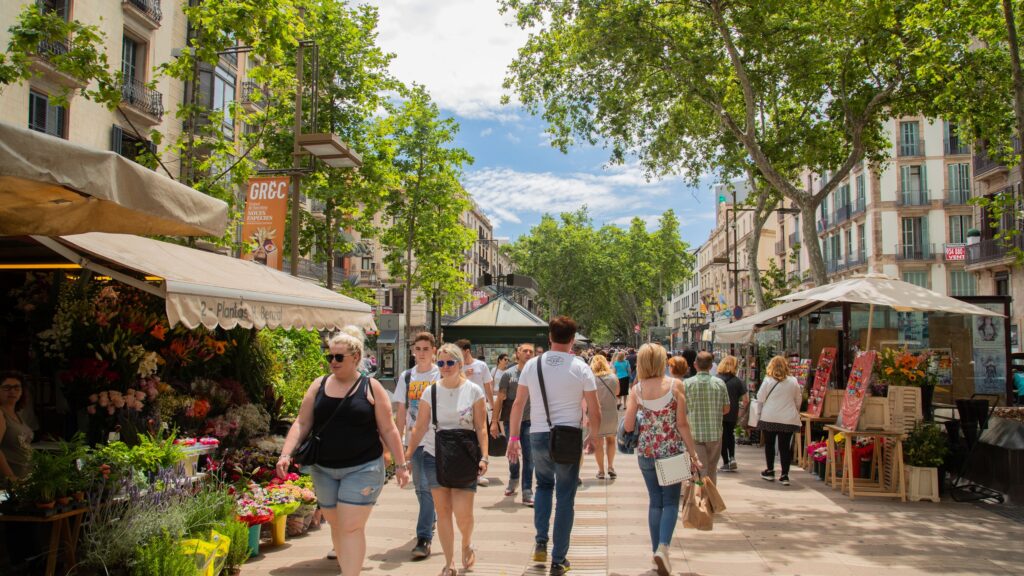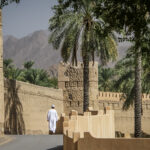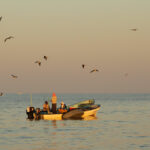Spain, with an area of 506,000 square kilometers and a population of over 47 million people, is the second most popular tourist destination in the world. The cultural diversity that can be seen in this country is due to its history of conflicts with Muslim Moors, Romans, Gothic kings, and Ottomans. It is a land bordering France, Portugal, and Morocco, known for its pristine beaches, delicious cuisine, prominent architecture, and vibrant nightlife. Join us in a 9-day trip to Spain. In this article, we discover some of the attractions we visit in each city.

Madrid
The first city we visit is Madrid, the capital of Spain. In this city, undoubtedly, the first must-see attraction is the Royal Palace of Madrid. This remarkable palace is built from Spanish marble and surrounded by beautiful courtyards and gardens. It is considered the largest palace in Europe in terms of floor area. The Royal Palace serves as a venue for state ceremonies and official events. It was commissioned by King Philip V in the 18th century and boasts over 3,000 rooms. Visitors can admire numerous artworks and paintings by prominent artists from the 18th century within this royal residence.
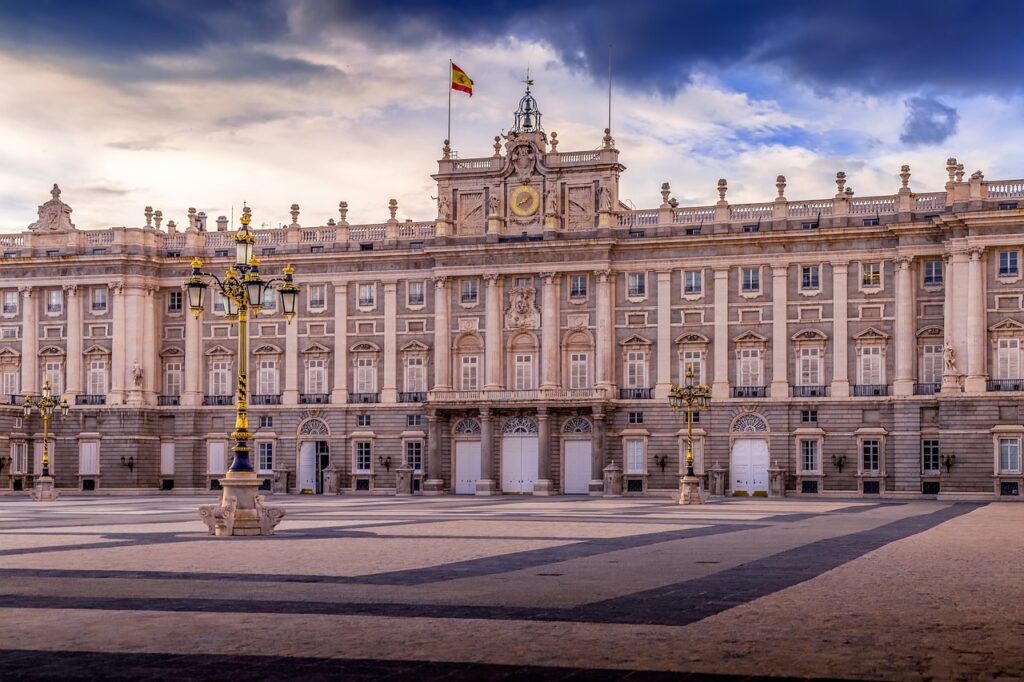
Toledo
After Madrid, we will head to the city of Toledo, one of the most valuable ancient Roman settlements. This city is surrounded by the Tagus River from three sides. Toledo’s culture is a combination of Christianity, Arab, and Jewish influences. As we pass through its narrow and winding streets, we will reach the Toledo Cathedral, a Gothic architectural masterpiece dating back to the 13th century. The choir area within this cathedral is particularly impressive, adorned by the works of Don Alonso de Berruguete. We will definitely visit the beautifully decorated Chapel and the captivating museum inside the cathedral.

Cordoba
In the captivating Spain tour, we will visit Cordoba, a city in the Andalusia region of Southern Europe, which was once the capital of the Umayyad Caliphate and one of the most important centers of Islamic civilization and culture. Muslims built numerous mosques in this city, with the most important one being the Mosque-Cathedral, also known as the Great Mosque of Cordoba. Originally, the site was a small church, but after the city’s conquest by Muslims in 711, the church was divided into two parts, one for Muslims and one for Christians. In 784, the Christian half was bought, and a larger mosque was built. The construction of the Great Mosque of Cordoba took place in four stages over approximately 250 years. Its unparalleled architecture, marble columns, towering minarets, and a golden-covered mihrab will entice us to spend hours exploring its beauty.
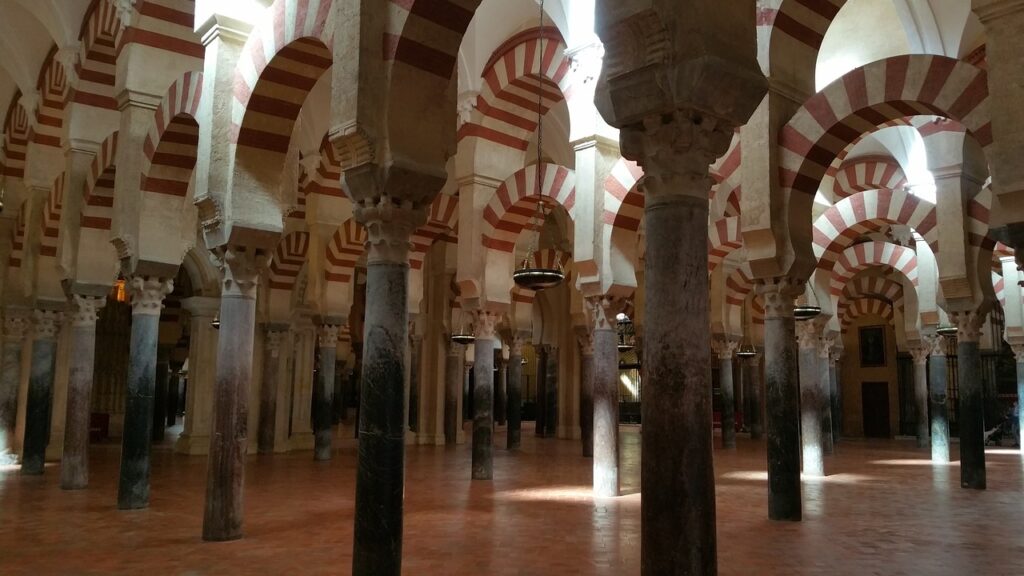
Seville
The next destination is Seville, the most populous city in southern Spain. Due to its geographical location, this city plays a significant role in Spain’s trade and economy. Every year, more than 2.5 million tourists visit Seville. The Seville Cathedral, a symbol of the city’s power and wealth in the Middle Ages, is adorned with a thousand golden sculptures. It’s interesting to know that Christopher Columbus began his journey from Seville, and his tomb is located in this cathedral. One of the most captivating attractions is the bell tower, known as “La Giralda,” which was originally part of a mosque but preserved after the destruction of the mosque by Christians. Tourists climb the spiral ramp of La Giralda to enjoy the breathtaking view from the top.

Jewish quarter of Santa Cruz
This charming area is full of winding and colorful streets, where synagogues have been transformed into churches. The white houses and open-air cafes add double the charm to this place. Walking among the orange trees and visiting the museums in this area will be a delightful experience.
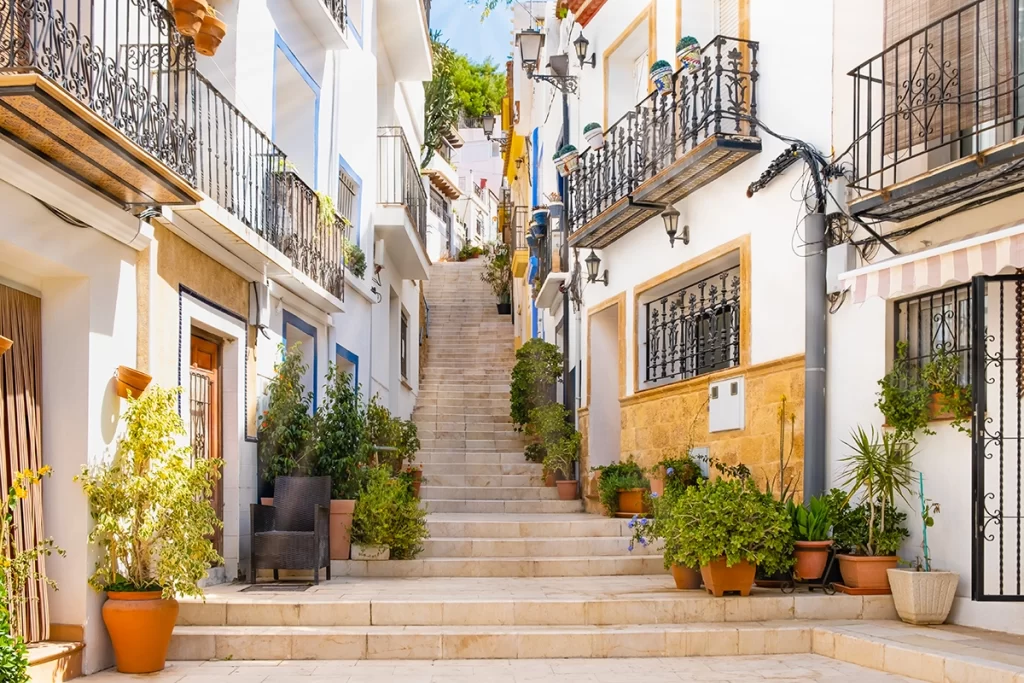
Granada
Granada, meaning “pomegranate,” is a city with red soil and a rich history of diverse cultures. In this city, one can witness pre-Muslim Europe, the Islamic period, the Christian reconquest, and the beginning of the Middle Ages. Due to its geographical location, protecting Granada has been of great importance, as losing it would mean losing all of Europe. The Alhambra Palace is located at the highest point in the city and at the heart of Granada. Its exterior facade is simple and made of clay, but inside, one can marvel at the Moroccan architecture adorned with Iranian calligraphy, Islamic and Arabesque motifs, and Kufic script. The Alhambra Palace is divided into different sections, each of which will leave you in awe, so we will never miss the opportunity to visit it.

Guadix
On our way to Valencia, we pass through the city of Guadix, which is famous for its cave dwellers. In this city, there are around 2000 cave dwellers who still practice agriculture in a style reminiscent of 500 years ago.
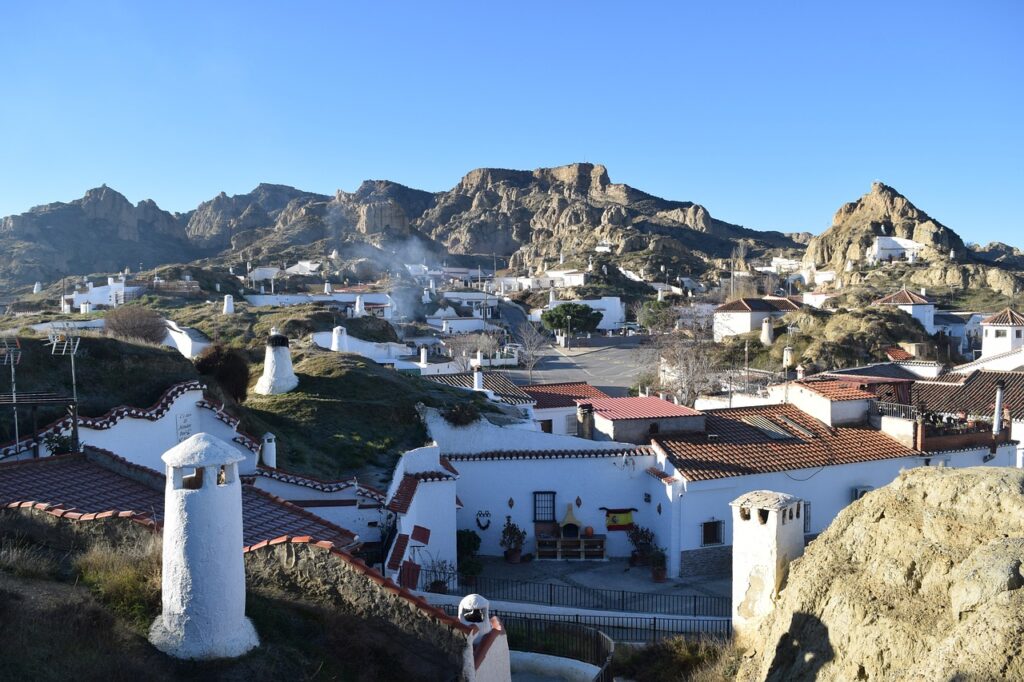
Valencia
Valencia is the third-largest city in Spain. This city has a rich culture and numerous attractions. Valencia is full of modern buildings, charming restaurants, and many scientific and cultural centers.

In Valencia, like other cities in Spain, we visit the Cathedral. This Cathedral was previously a mosque and is now known as the place of the “Holy Chalice.” In the early 18th century, a baroque portico was added to the Cathedral, and the site underwent reconstruction. During the wars of the 18th century, a silver panel in the Cathedral was melted down to cover military expenses. The exterior facade of the Cathedral is in the Gothic style, and the arched passageways are reminiscent of the Colosseum in Rome. To see the breathtaking view of the city, climb the 207 steps of the octagonal Miguelete Tower and sit back to enjoy the panorama.
Indeed, one of the most famous artifacts in Valencia Cathedral is the Holy Chalice, known as “Santo Cáliz.” According to legends, this chalice is believed to be the same one used by Jesus during the Last Supper. The Holy Chalice is considered a significant religious relic and is a symbol of great importance to the Christian community. Visitors to the Cathedral often come to see and pay reverence to this sacred artifact, which has a deep and profound religious significance.

Barcelona
Barcelona is undoubtedly a must-visit city in Spain, renowned for its architectural wonders. The city offers an abundance of sightseeing attractions that leave little time for boredom. One of the most important landmarks we will see in Barcelona is the famous Sagrada Família, the iconic masterpiece of Antoni Gaudí. The architecture of this basilica sets it apart from all other cathedrals. It is a work of surrealism, and the light that shines through the colorful stained glass inside the church makes it truly unique and enchanting.
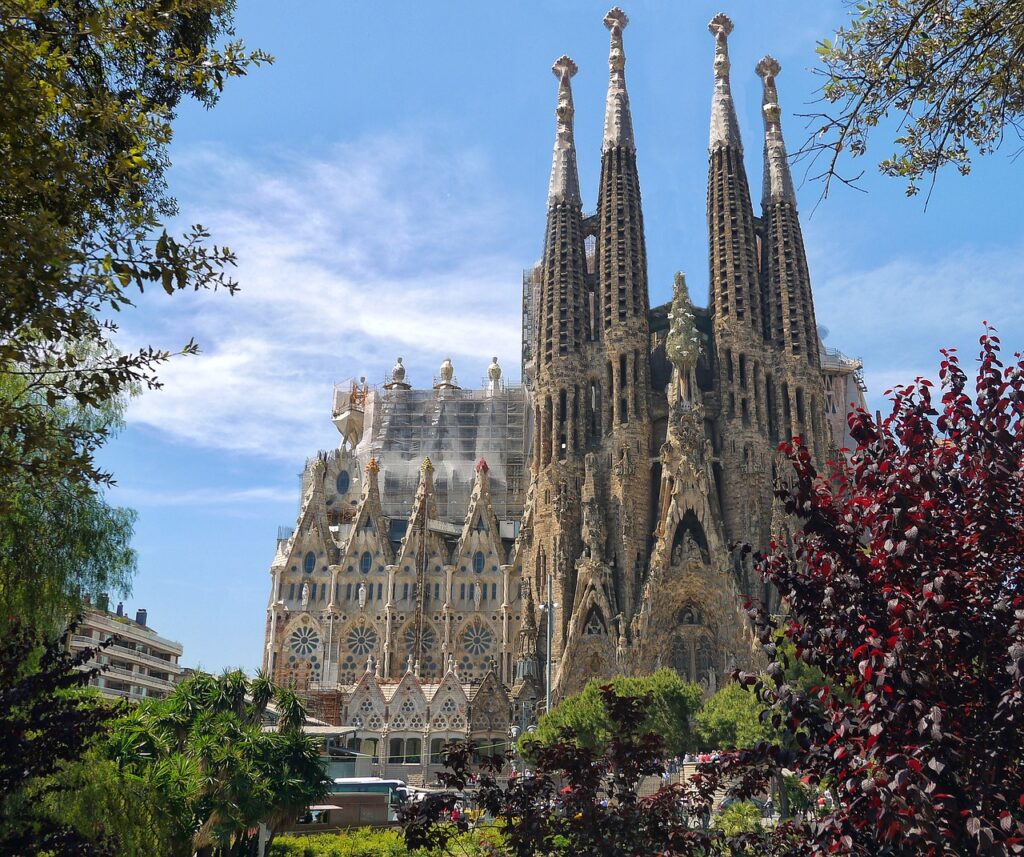
La Rambla St.
This street is reminiscent of Parisian boulevards. La Rambla is a long street surrounded by tall trees and is a major tourist attraction. In fact, it is a collection of interconnected smaller streets that host many upscale shopping venues. The street connects the city center with the sea and lies between two of Barcelona’s old neighborhoods. Walking along this street is highly enjoyable. Aside from the chic restaurants offering high-quality cuisine, the pedestrian walkways are filled with flamenco dancers and various performers that entertain passersby and pose for pictures with them.
